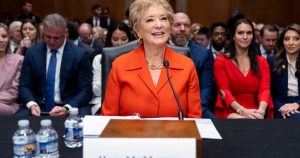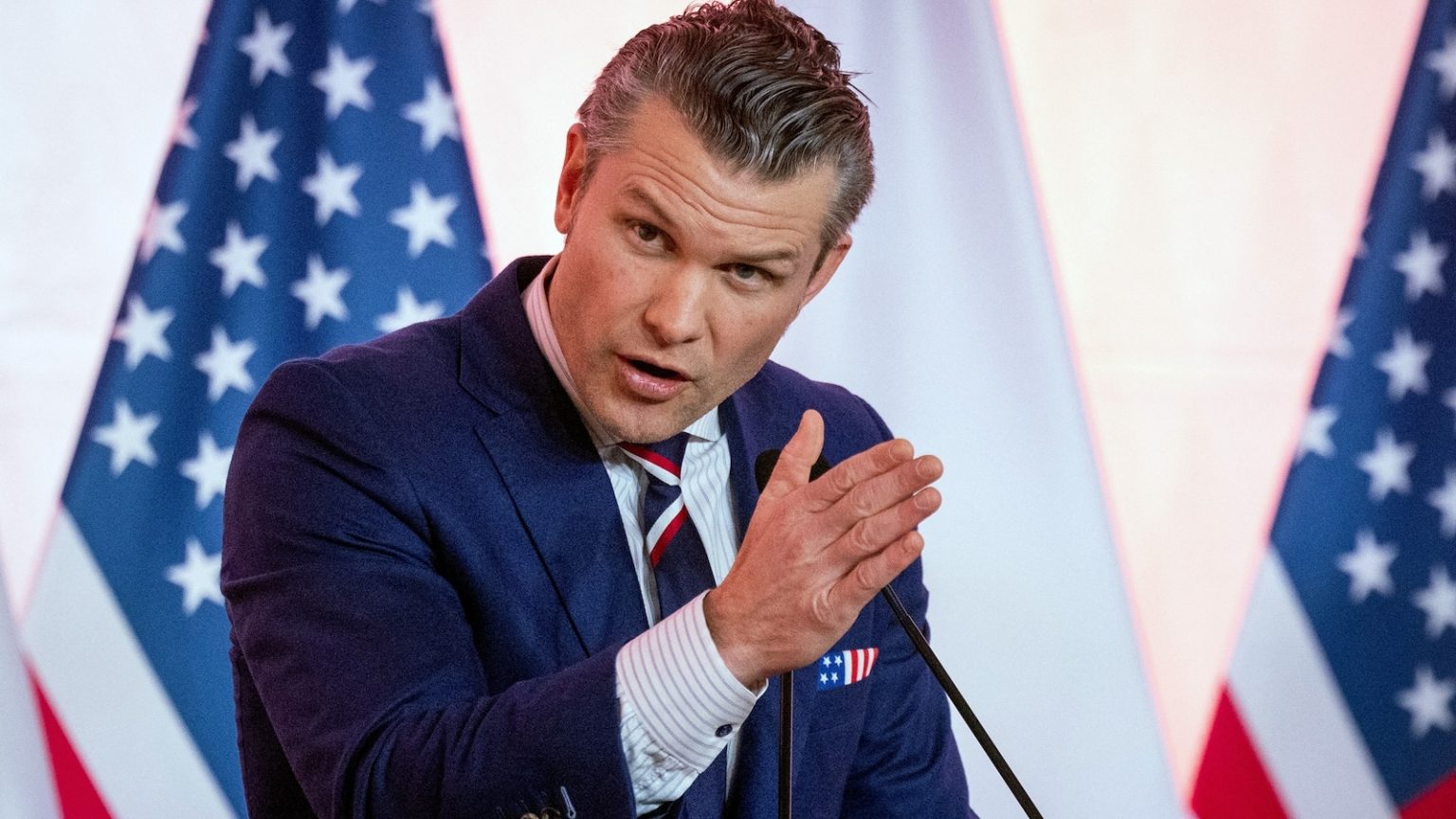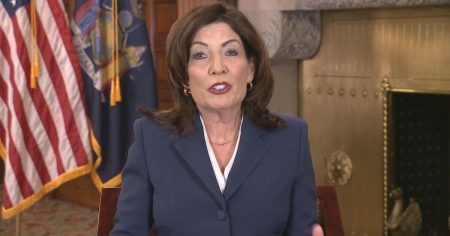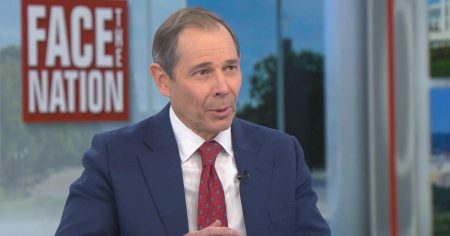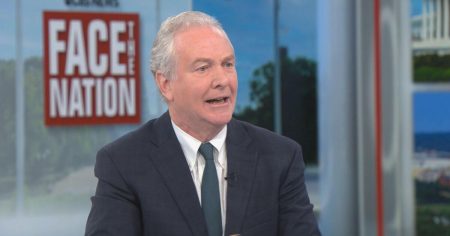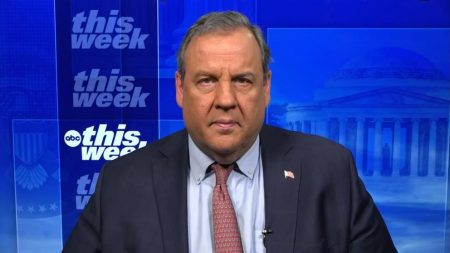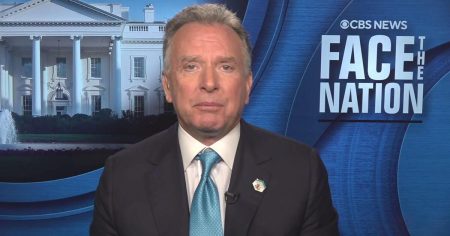Introduction
The Department of Defense (DOD) is on the brink of significant changes under the leadership of Defense Secretary Pete Hegseth. In a move that has sparked considerable debate, Hegseth is contemplating the removal of high-ranking military officers, citing concerns over "woke" ideologies within the department. This term, often used pejoratively, refers to diversity and inclusion initiatives that some view as detracting from the military’s core mission. The situation is further complicated by Hegseth’smixed signals regarding the chairman of the Joint Chiefs of Staff, Gen. C.Q. Brown, and the broader implications of budget shifts under President Trump’s administration.
Pending Firings and the Circulating List
At the heart of the current controversy is a list circulating on Capitol Hill, which reportedly outlines generals and senior officers who may face termination. This list, first revealed by NBC News, has raised eyebrows in Washington, with many questioning the criteria for inclusion. Hegseth’s stance on this issue has been unequivocal; he has called for the removal of any officer involved in diversity and inclusion (DEI) initiatives, deeming them a distraction from the military’s primary focus on warfighting. This stance was made clear in his appearance on the "Shawn Ryan Show," where he emphasized that only commitment to combat readiness should determine an officer’s suitability.
The Contrasting Signals: Hegseth and Gen. Brown
Despite his tough rhetoric, Hegseth’s recent actions suggest a possible softening. On his first day at the Pentagon, he was seen exchanging pleasantries with Gen. Brown, even going so far as to express anticipation of working together. This public display of camaraderie stands in contrast to his earlier calls for the chairman’s dismissal, leaving many to wonder about Brown’s status on the contentious list. The ambiguity surrounding Brown’s position underscores the fluidity of the situation, with some speculating that Hegseth may be adopting a more pragmatic approach in his new role.
Budget Realignment and Strategic Priorities
Parallel to the personnel changes, Hegseth is spearheading a significant budget overhaul. A recent memo directing the reallocation of 8% of the DOD’s budget for fiscal years 2026 and beyond to align with President Trump’s priorities has sent ripples through the department. This shift aims to redirect funds towards initiatives such as border security and the Iron Dome project, while scaling back spending on what Hegseth terms "low-impact" programs, including climate change initiatives and DEI efforts. This strategic realignment is part of a broader effort to refocus the DOD on traditional priorities, reflecting a return to Trump’s "America First" agenda.
Implications and Considerations
The potential firings and budget adjustments raise important questions about the impact on military morale and effectiveness. While the DOD seeks to streamline operations and prioritize "warfighting," concerns linger about the effect of such sweeping changes on cohesion and readiness. Additionally, the process of identifying exemptions for certain employees, particularly those deemed mission-critical or veterans, adds a layer of complexity. This nuanced approach may mitigate some of the disruption, but the overall direction appears clear: a shift towards a more conservative, Trump-aligned agenda.
Conclusion
The developments under Hegseth’s leadership mark a significant turning point for the DOD, with potential ramifications for its culture, operations, and personnel. While the exact contours of these changes remain uncertain, the emphasis on warfighting and budget realignment signals a deliberate move away from previous priorities. As the department navigates this transition, the balance between maintaining military readiness and addressing modern societal challenges will likely be a focal point of ongoing debates. The coming weeks and months will be crucial in determining how these shifts unfold and their impact on the DOD’s future trajectory.

